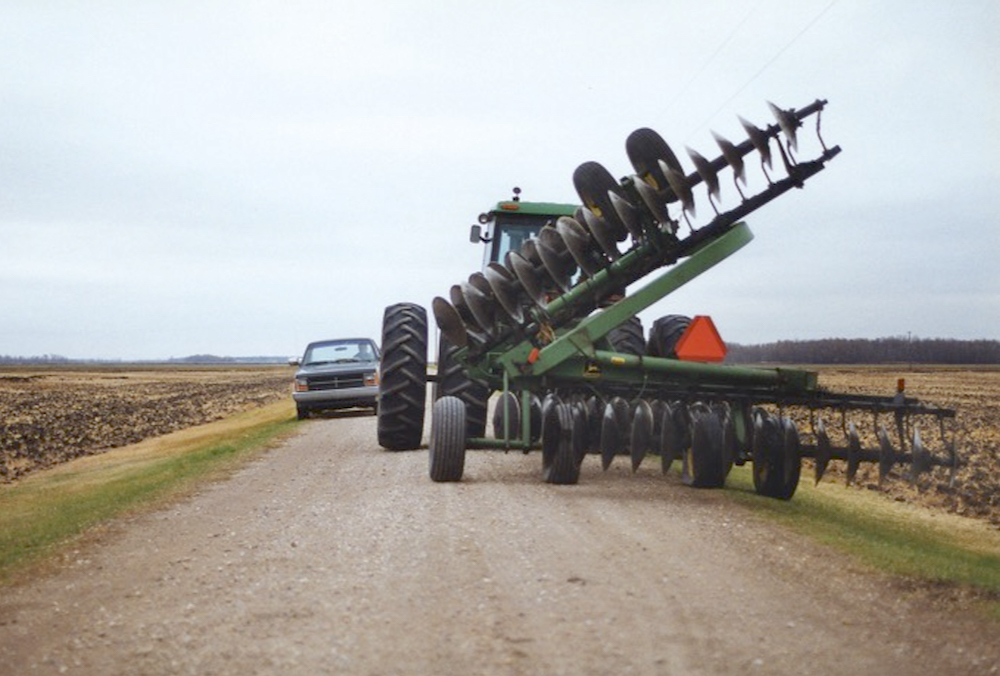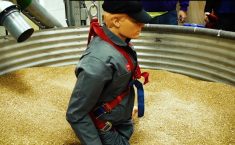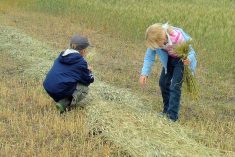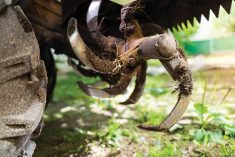It’s often said that real change can happen when communities come together.
And in the Waterloo region of Ontario, that premise became the foundation for a safety collaboration group that is bringing attention to local rural road issues.
In 2019, members of the Waterloo Regional Police Service, the Workplace Safety and Prevention Services and the Ontario Ministry of Transportation came together as an informal group to highlight rural road safety issues in the Waterloo region. While the group was unnamed for the first few years, it later became the Rural Road Safety Alliance (RRSA).
Read Also

Note to subscribers: Planting a new seed for Grainews
Grainews now moves into The Western Producer as part of the farm newspaper’s new Farm Work section, providing Western Canada’s grain growers with one place to get the news and information they need.
As Mark Araujo, digital content coordinator with the Waterloo Regional Police Service, explains, the group’s primary focus has always been to deliver targeted safety messages based on local incident trends.
“Waterloo region is similar to many communities across Canada in that its urban centres are surrounded by or adjacent to rural areas. The intersecting of the two types of communities can create some unique hazards and challenges on the roadways,” says Araujo.
And there’s no doubt that the group’s purpose certainly has merit. Though rural communities only represent 11 per cent of the region’s population, Araujo notes that in 2022, 46 per cent of fatal injury collisions in the Waterloo region occurred at a rural location.
“While most of the region’s traffic collisions occur in urban areas, those on rural roads present a higher risk of damage and severe injury or fatality,” Araujo explains.
“The intersecting of differing road users at drastically different speeds, like motorists, tractors, horses and buggies and cyclists can often make for deadly combinations. On rural roadways, higher speeds, reduced lighting and the driver’s perception of reduced danger mean a fatality is more likely.”
Noting the various vehicles travelling on rural roads in the Waterloo region, Dean Anderson, strategic advisor for agriculture with the Workplace Safety and Prevention Services, says promoting awareness about safely sharing rural roadways is the main objective of the RRSA.
“We really want to change driving habits and show people what some of the bad habits are, such as distracted driving,” says Anderson, adding that the RRSA’s reach recently expanded to include four additional counties.
“It’s easy for us to get the message to farmers because we have those connections. But most of the accidents on our roadways involve another vehicle, so it’s important to reach other community members and raise awareness.”
In order to target awareness about rural road safety issues, the RRSA’s campaigns are designed around social media, particularly Facebook, Instagram and Snapchat. Across the various social media platforms, the group reaches its target audience through short videos delivered via paid ad placement based on postal codes for the region’s rural areas.
Araujo explains that the RRSA’s campaigns start with research, using local statistics and reviewing individual occurrences to build a picture of what is happening and any potentially unique aspects of the community’s road usage.
“For example, early on, we noticed recurring collisions between left-turning farming vehicles and other road users. We chose the dangers of left-hand turns to become a regularly occurring theme in our advertising,” Araujo says.
“Overall, we hope people understand some of the unique challenges when driving on rural roads and that it’s a different set of skills and risks once you leave the city,” adds Araujo of the group’s overarching safety message.
And the RRSA’s creative efforts haven’t gone unnoticed. In 2021, the group’s cross-agency collaboration was recognized with the Ontario Ministry of Transportation’s Road Safety Achievement Collaboration Award.
But the group is not about to rest on its laurels. As collisions involving farm machinery are typically severe and traumatic, increasing understanding about when interactions with farm equipment and other motorists are most likely to occur is crucial, notes Anderson.
“We need to learn to share the roads better — a lot of it comes down to courtesy while driving,” Anderson says, adding that the RRSA has also had success partnering with major employers in the Waterloo region to promote rural road safety.
For communities interested in implementing a similar program, Araujo encourages experimenting to learn what works best in respective regions to reach target audiences.
“Every community is different. Our advice would be to start from a position of research. Start with data and anecdotal information to understand where unique problems may be in your area. From there, choose the most critical issues and design your ads based on those issues,” says Araujo, adding that the RRSA would be happy to share their creative assets or provide community groups with guidance on starting their own campaigns.
Because, as Anderson says, there’s no downside to helping spread more awareness about rural road safety.
“Everyone has a role to play with rural road safety and everyone has to do their part.”
To learn more about the Rural Road Safety Alliance, visit ruralroadsafety.ca.
For more information about agricultural safety and health, visit casa-acsa.ca.















